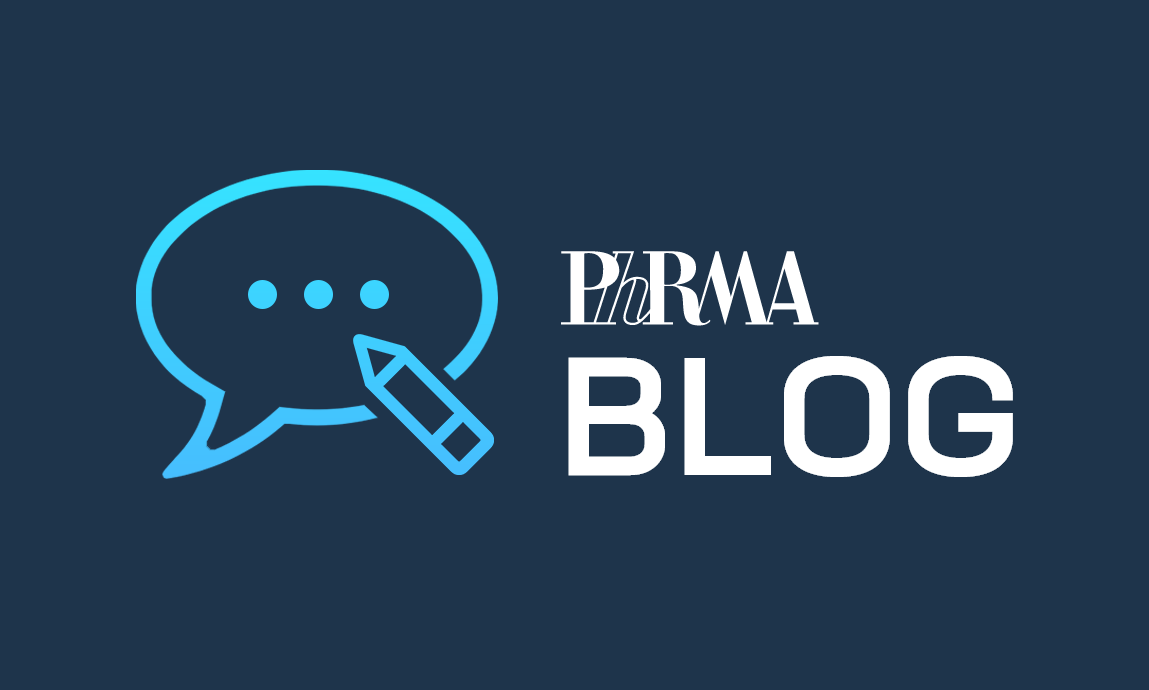While drug middlemen are making billions of dollars in record profits at a time when millions of Americans are facing financial struggles, they are also suing to block the final rebate rule, a policy to lower out-of-pocket drug costs for patients. The fact is that the final rebate rule is a good policy for patients – one that policymakers and stakeholders have been carefully considering for years.
Here are some key facts about the final rebate rule:
- The policy means that the deep discounts biopharmaceutical research companies currently negotiate with health plans may finally be passed down to seniors at the pharmacy counter. This change is expected to help reduce patients’ out-of-pocket costs, improve the value of Medicare Part D coverage for all beneficiaries and improve medication adherence and health equities, resulting in better health outcomes for all. Without rebate reform, health plans and PBMs may continue to favor brand medicines with high list prices and large rebates, with none of the rebate savings flowing directly to seniors.
- The rebate rule is expected to reduce cost sharing for many patients by hundreds of dollars or more each year. For example, a senior with hepatitis C is projected to save more than $3,000 annually on their out-of-pocket costs. The average reduction in cost sharing outweighs the modest $3 - $6 per month estimated increase in premiums. For context, Part D premiums have continuously been significantly lower than projections, going back to the launch of the program in 2006, and the base monthly premium for Part D plans this year is estimated to be $30.50. In fact, taking both lower out-of-pocket costs and potential premium increases into account, the rebate rule is expected to lower Part D beneficiary costs between 3 and 18 percent over 10 years, according to four of the five actuarial scenarios released by the Department of Health and Human Services.
- Federal cost estimates ignore expected behavioral changes by Part D plans. Independent actuaries have concluded that it is critical to account for the behavioral impacts likely to result from rebate reform as these changes would substantially alter existing market dynamics. In fact, when market dynamics are accounted for, independent actuaries project federal cost savings of up to $100 billion. Additionally, according to CBO analysis, the rebate rule will increase utilization of prescription medicines and any increases in Part D spending are expected to be offset by savings in Medicare Parts A and B. Further, the rebate rule could significantly reduce federal spending on Part D reinsurance and subsidies.
- Rebate reform policy is strongly supported by seniors and voters. Polling shows this is true for both the initial policy and also when voters are asked to balance potential premium increases and out-of-pocket savings on prescription drugs. Additionally, as part of the 2020 election, voters made it clear what they want Washington policymakers to focus on: Addressing COVID-19 and concerns around pre-existing conditions and out-of-pocket costs.
- Claims that these positive changes for patients will create a windfall for the pharmaceutical industry fail to acknowledge that independent actuaries expect behavioral changes on the part of PBMs and health plans, including leveraging their negotiating power to extract larger price concessions from manufacturers.
PhRMA remains committed to pursuing policy solutions that improve our health care system and make prescription medicines more affordable for patients in need. The final rebate rule is one of them. Learn more here.



